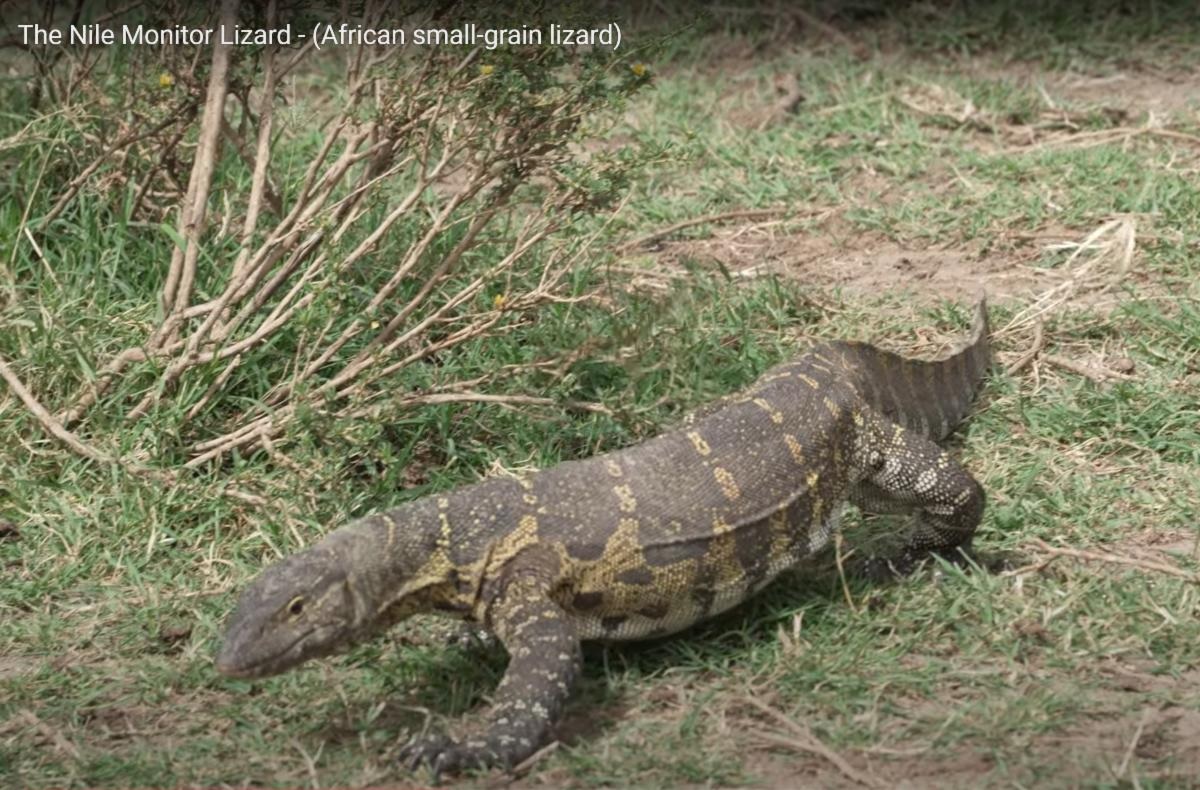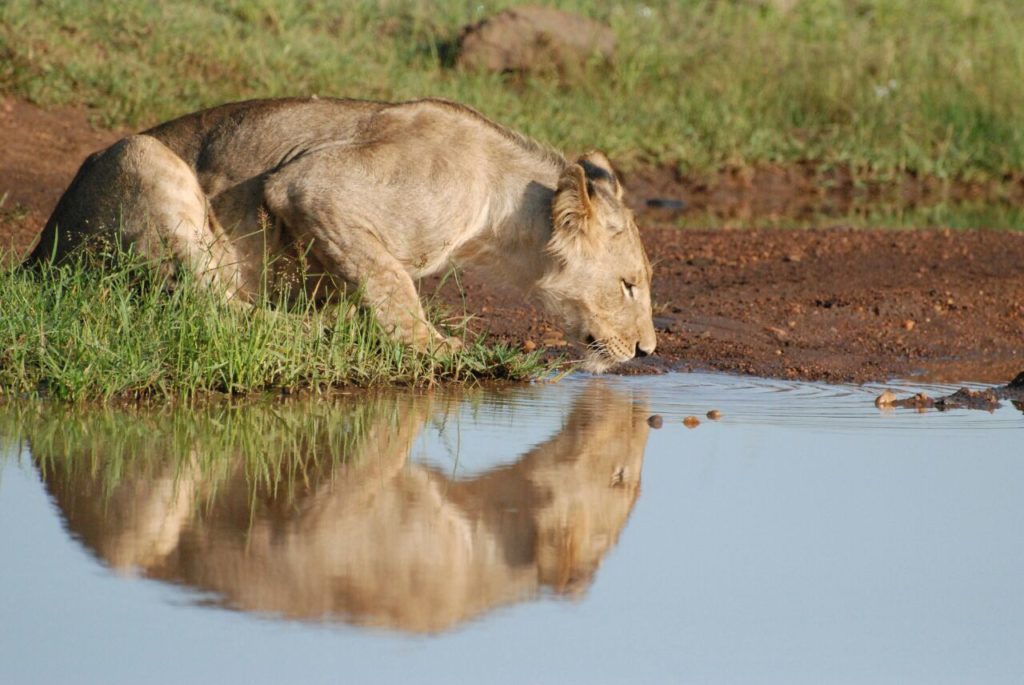
Kenya has an incredible diversity of wildlife species owing firstly to its two rainy seasons a year, providing new grass and vegetation for the herbivores which are the prey species for the big cats and carnivores. And secondly, the very different types of wildlife habitat in the various parks, reserves and conservancies make it possible for a huge variety of differing species to exist! Kenya is considered one of the best place for viewing wildlife in Africa and can easily be combined with neighbouring countries such as Tanzania, Rwanda & Uganda.
Here are some animal facts about some of our most frequently seen animals, as well as some more unusual animals.
1. Elephants are one of the most loved animals of Africa. They are highly intelligent and have a structured social order with the family and the females spending their entire lives in tight family groups made up of mothers, grandmothers, aunts, sisters, daughters and juvenile males. The eldest female normally leads the family and is known as the matriarch. Adult males live separately, sometimes in small groups composed of 3 to 10 bulls, who will individually come into musth from time to time and visit the family herds to seek out any females ready to mate.
This video clip shows a big herd of 115 elephants in Ol Kinyei Conservancy, Maasai Mara, Kenya and is made up of many smaller family groups of females and juveniles as well as some big bulls. It’s estimated that around 3,000 elephants live within the Mara ecosystem and the Ol Kinyei Conservancy is in the middle of a main elephant route that follows the Ropili River. If you love elephants, this is the place for you. Elephants are also present in large numbers in many of the other parks and conservancies in Amboseli, Tsavo, Laikipia and Samburu.
2. Giraffes are known as the tallest living creature on earth but have you ever seen a giraffe run? It is a graceful sight considering their long limbs and elongated neck. They look as if they are running in slow motion but in fact they can run as fast as up to 35 miles per hour, over short distances.
The mothers are pregnant for approx. 15 months and give birth standing up, which means that the newborn giraffe is usually able to stand and walk within 30 minutes of being born.
The photo shows a one day old baby giraffe taken in November 2017 in the Olare Motorogi Conservancy

3. Gorillas live in family units. Did you know that there are only about 800 mountain gorillas in Volcanoes National Park in Rwanda, organized into roughly 10 habituated family units—and seeing them in their native habitat is an excursion of a lifetime. It’s not for the faint of heart, however (you’ll be tracking the gorillas at an altitude of 8,000 to 10,000 feet), but it’s definitely worth the effort to see them up close.
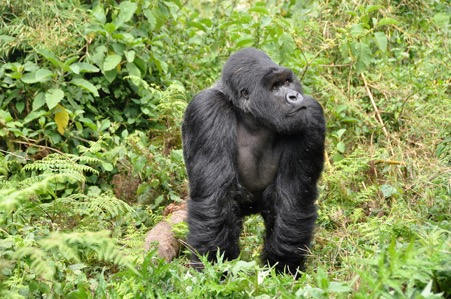
4. Every year between July-September, over one million Wildebeest take on an incredible journey from the Serengeti into the Masai Mara following the green grass. They travel up from Tanzania’s southern Serengeti plains, risk their lives by crossing the crocodile infested waters of the Mara River and into the wide Mara Savannah. This epic scene is sometimes referred to as the 7th wonder of the world. Photo taken by Joseph Lam whilst staying at Porini Lion Camp in 2017.
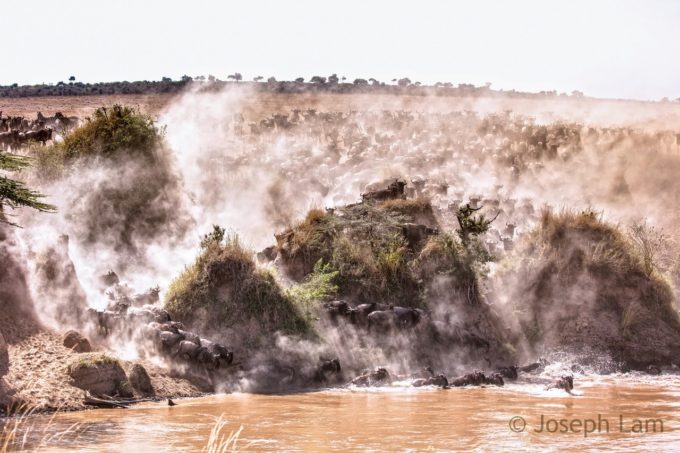
5. The adult Rhino has no natural predators in the wild – it’s only predator is man. With the Rhino on the verge of extinction, great measures are being taken to protect these majestic animals from poachers and Conservancy areas such as Ol Pejeta are safeguarding the future of the rhino. Ol Pejeta is home to two of the world’s last remaining three northern white rhinos, and is a sanctuary for over 110 critically endangered black rhinos.

6. Research has shown that Lions are well-established in the Conservancies which surround the Mara Reserve and have increased greatly in numbers there. A study by Oxford University has found that there was a higher lion density in the combined conservancies than in the Mara Reserve itself which researcher Nic Elliot considered quite remarkable given that (in ecological terms) the conservancies are relatively new. So the conservancies have proved to be important areas for lion conservation and critical for their survival. Within the Mara eco-system, two of the places with the highest lion density were Olare Motorogi Conservancy and Ol Kinyei Conservancy. This means that these two conservancies probably have the highest concentration of free-roaming wild lions in the whole of Africa!
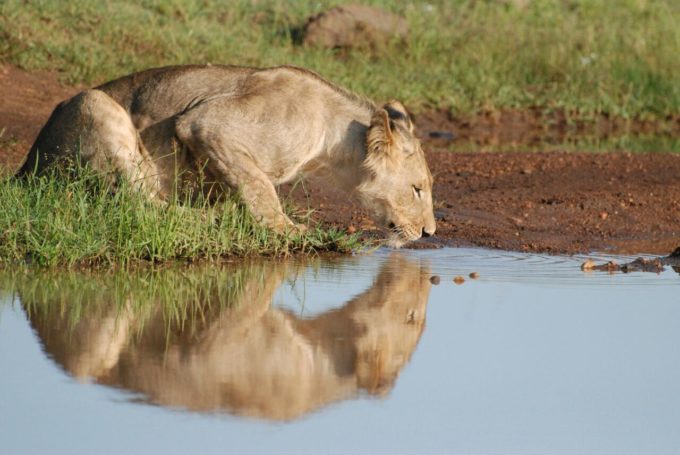
7. We all know that the Cheetah is the fastest creature on earth but do you know that the mother teaches its young how to hunt by role playing. This is nature in its rawest form however the mother is teaching its young invaluable life skills to ensure its survival in the wild.
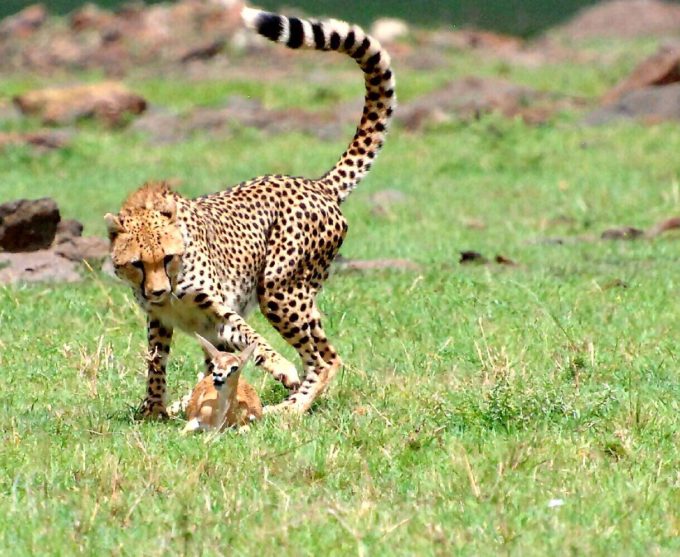
8. Hippos, although they seem like large placid animals floundering around in the water, can in fact be extremely aggressive. They have large tusks and can be protective of their families and young. They are also pretty nifty when running on land, so don’t be fooled by their bulky appearance, especially if they are in an aggressive state – this is one animal to steer clear of if in a bad mood!
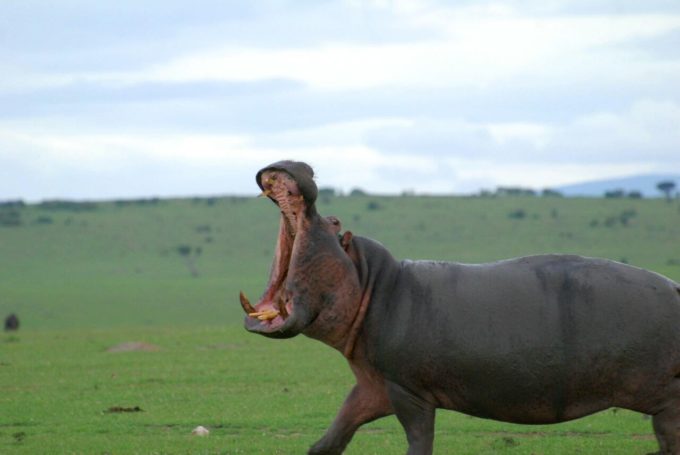
9. Unlike its name may suggest, the Aardwolf is not actually a wolf but is in the same family as the hyena. It does not hunt large animals but prefers small insects and termites.
We see them from time to time in the conservancies where our Porini Safari Camps are located: Ol Pejeta, Selenkay, Ol Kinyei and Olare Motorogi. The image of the Aardwolf on the river bank was taken in Olare Motorogi Conservancy by Porini Mara Camp manager Jimmy Lemara.

10. Finally, this isn’t an animal fact but a bird fact – did you know that Kenya holds the world record for bird watching, with over 380 different species seen in a single day?
It’s not uncommon to see over 300 bird varieties on a single trip—or 120 at a single location.
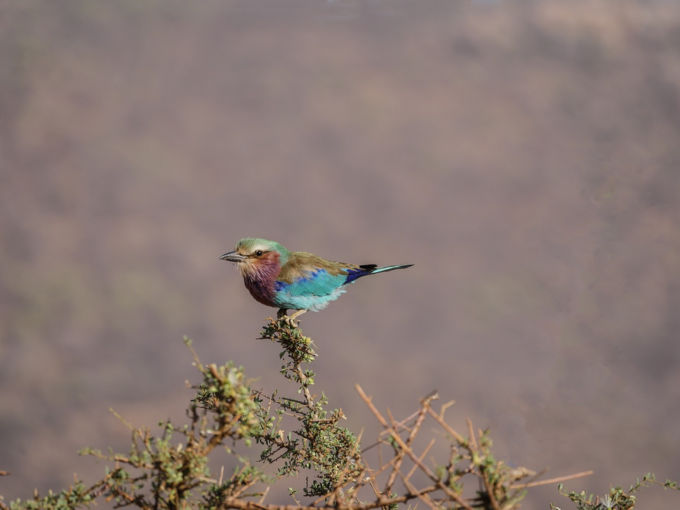
Our Maasai Guides, based at the Porini Safari Camps are waiting to share their wealth of knowledge with you.
If you haven’t yet made your safari arrangements then do take a look at our latest Special Offers here, or contact us via Facebook Messenger or fill out our online Enquiry Form to start your planning and one of our team will be in touch to help you through all the options.
on Wednesday 22nd November 2017 at 02:02




